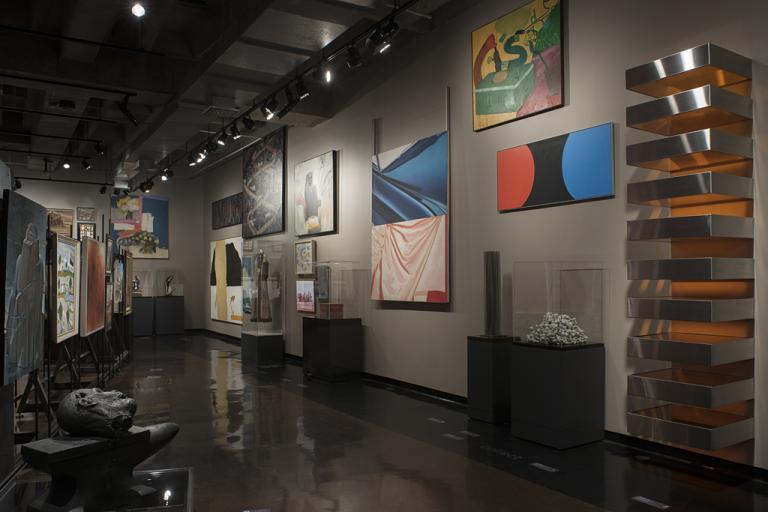Still Life with Dress Form, Jan Matulka
Artwork Overview
Jan Matulka, artist
1890–1972
Still Life with Dress Form,
circa 1930
Where object was made: United States
Material/technique: oil; canvas
Dimensions:
Canvas/Support (Height x Width x Depth): 86 x 73.7 cm
Canvas/Support (Height x Width x Depth): 33 7/8 x 29 in
Canvas/Support (Height x Width x Depth): 86 x 73.7 cm
Canvas/Support (Height x Width x Depth): 33 7/8 x 29 in
Credit line: Museum purchase
Accession number: 1982.0010
Not on display
If you wish to reproduce this image, please submit an image request






